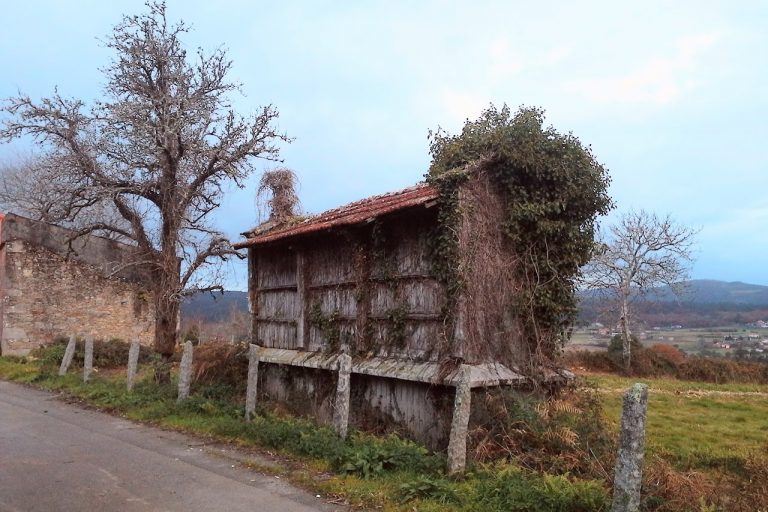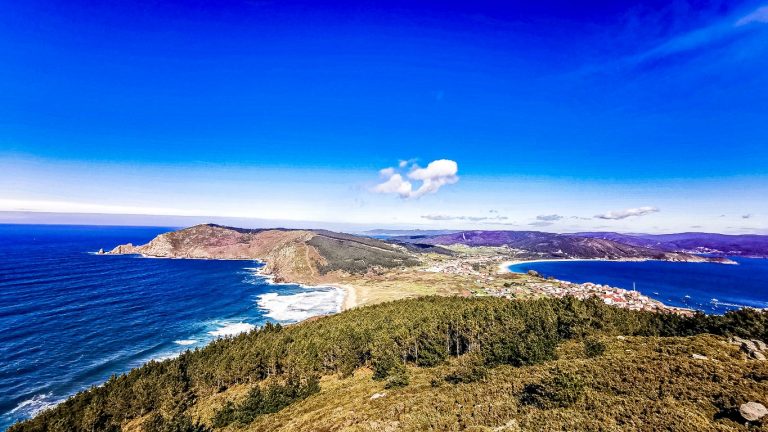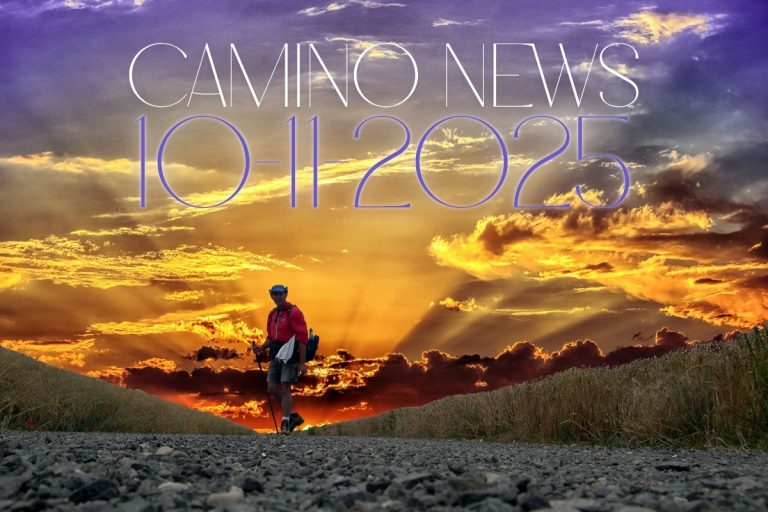
There are moments when putting one foot in front of the other becomes more than just movement. It turns into a statement—or at least that’s what I tell myself as I kick yet another pebble out of my shoe, a companion more persistent than my inner sloth. Pilgrimage, surely, is more than just walking, isn’t it? At least, that’s what they told me when I set off, armed with an oversized water bottle and an even larger question mark in my head.

The word itself, I was told, comes from the Latin peregrinus—a stranger, a wanderer. Somehow, it feels relatable. Aren’t we all a bit like that? Walking paths unfamiliar to us, through landscapes we’ve never seen, encountering people we can’t shake off. But pilgrimage is more than just a curiosity for the unknown. It’s an attempt to understand why the best experiences so often require the most uncomfortable shoes.
And of course, Spain offers multiple definitions for this form of—let’s call it—torture, or spiritual enlightenment, depending on your perspective. It’s about traveling to foreign lands, sure, but also about devotion, reaching a sanctuary. The Cathedral of Santiago, the ultimate destination, is just the tip of the iceberg. The real journey happens elsewhere—in conversations with fellow pilgrims, in the unexpected glow of a sunrise, or in the realization that perhaps you’re not as good at packing as you thought.

Then there’s the philosophical element, which initially made me a bit skeptical. A journey to oneself? Sounds a bit cliché, doesn’t it? But honestly, the Camino has something of a mirror about it. Each day, it throws a new question at you: Why am I doing this? And most of the time, there’s no simple answer. Perhaps that’s the point. It’s not about solving the question but accepting it.
An example? The stretch from Carrión de los Condes to Calzadilla de la Cueza—a 17-kilometer-long lesson in patience and self-talk. No shade, barely any other pilgrims, just the road and me. I even tried talking to a tree on the horizon. It didn’t respond, which was probably for the best; otherwise, I might have seriously questioned my mental health. But that tree—just a single point in the distance—became a symbol. For perseverance, for goals that draw closer even when you feel like you’re hardly moving.

Pilgrimage, I’ve learned, is not just physical progress. It’s a process. A journey through questions, encounters, and small moments that often turn out to be bigger than expected. It’s the connection between tradition, spirituality, and personal experience. It’s the moment you realize that you’re always a little bit of a stranger—and that this is completely fine. Because in that lies the beauty: the strange becomes familiar, and you grow a little closer to the person you truly want to be.
So, now it’s your turn: Where does your personal Camino begin?



